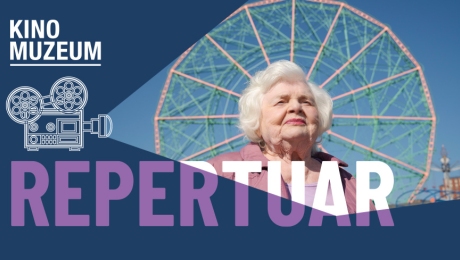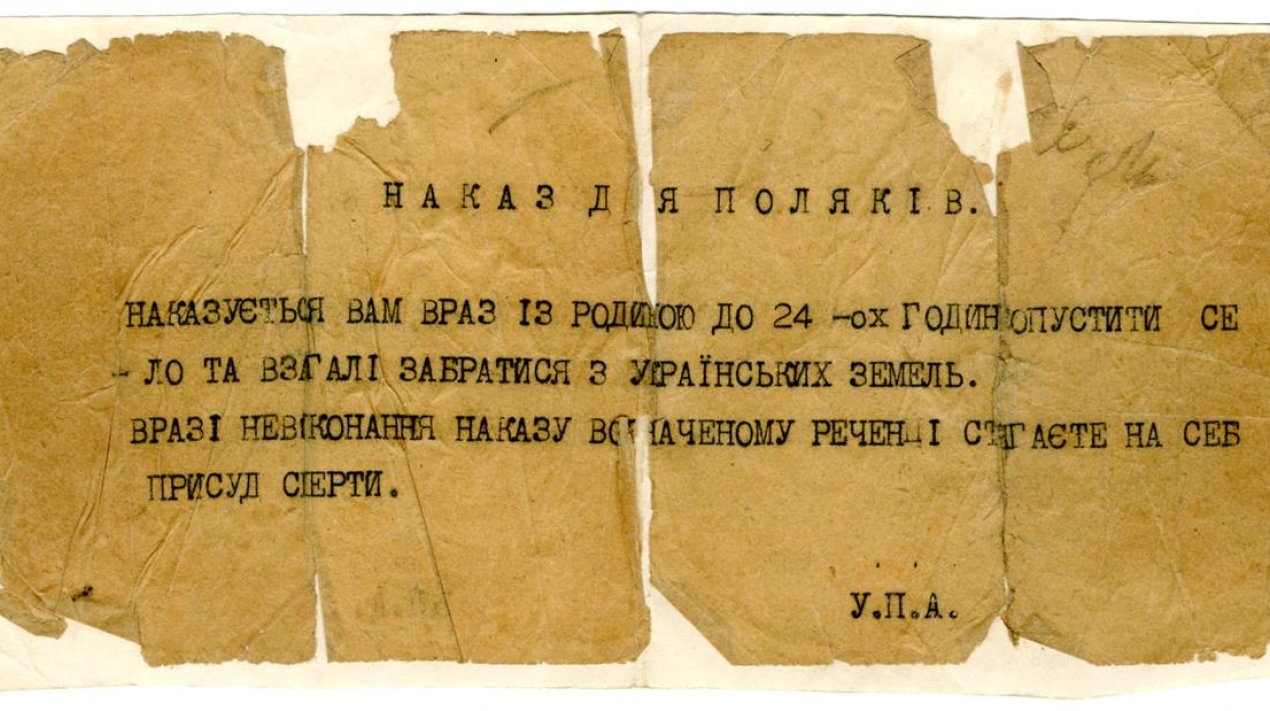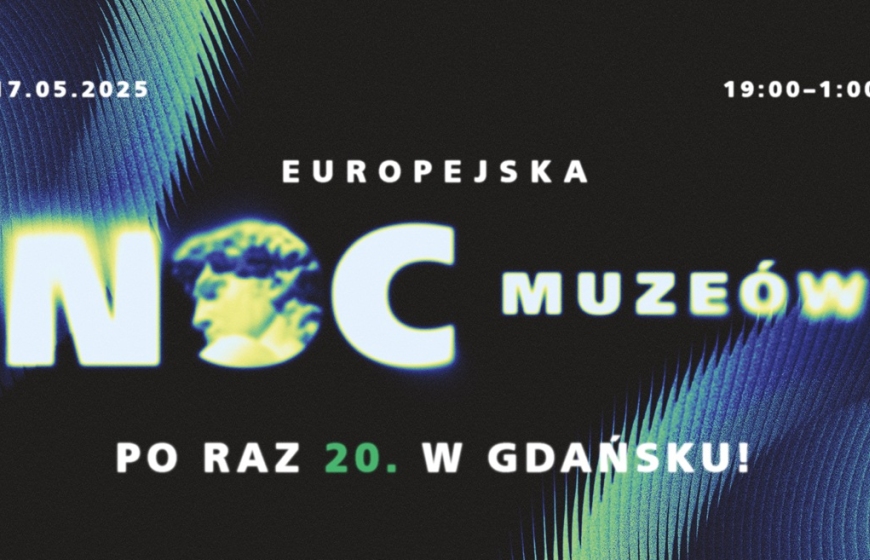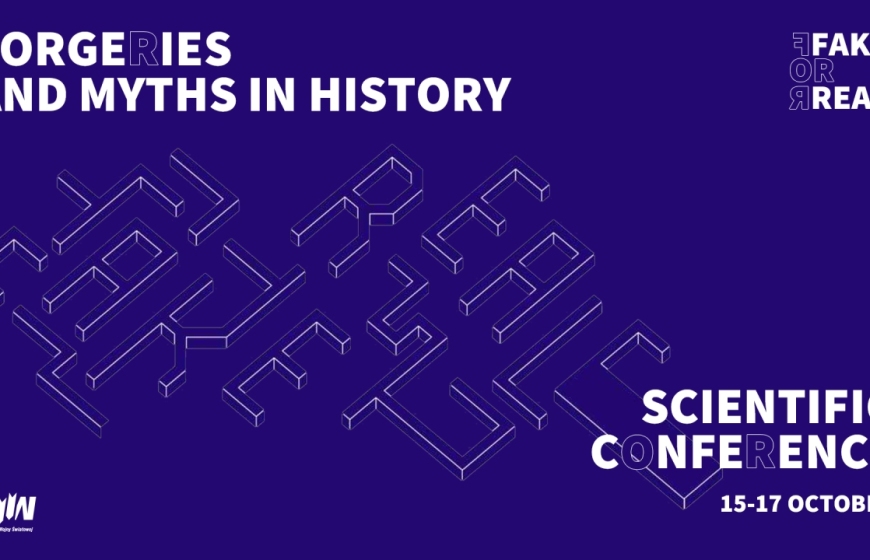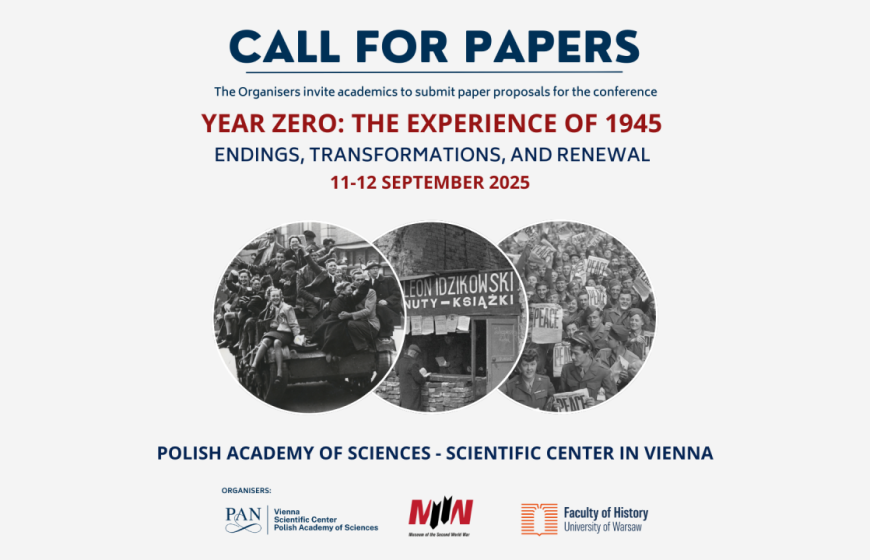The 74th anniversary of Bloody Sunday in Volyn
Photographs of exhibits related to Volyn Massacre that will soon be in our main exhibition are currently being displayed. The exhibits come from Ostrówki and Wola Ostrowiecka where on the night of 29 to 30 August 1943, 1149 people were murdered, and from Janowa Dolina were on Easter Day 1943 Ukrainian nationalists murdered several hundred Poles and the town was completely burned down.
On 11 July 1943, Ukrainian nationalists attacked Polish civilians in nearly one hundred places in Volyn. The attack was planned and coordinated so that specialised groups of murderers would surprise as many Poles as possible during the Sunday mass. The genocidal massacre carried out on that day of nearly 8,000 Polish civilians has gone down in history under the name of Bloody Sunday. It was undoubtedly one of the most dramatic chapters of the Volyn Crime that lasted several years, during which in an exceptionally bestial way (including using saws, axes, forks, scythes, knives, etc.) Ukrainians killed at least one hundred thousand Poles. In the torment inflicted by former neighbours, women, children and the elderly were also killed. The aim of the mass murder was the extermination of the Polish population.
11 July 1943 was undoubtedly one of the most tragic days in the entire period of World War II. Remembrance of the victims of the Volyn Genocide is an expression of respect for thousands of our compatriots whose lives were brutally ended simply for being Poles. Thousands of them did not even receive a worthy burial. Today, "they call to us from graves that don’t exist”.
Honour and Remembrance for the Victims of Volyn For Ever!
Exhibits from our archives not displayed in our main exhibition:
Leaflet of the Ukrainian Insurgent Army (UPA) ordering all Poles along with their families to leave their homes and leave Ukrainian soil within 24 hours. Failure to comply with the order will be treated as the passing of a death sentence. A leaflet signed by the UPA.
Two wall paintings of saints: The Mother of God with the Baby Jesus and Jesus Christ received on the wedding day by the parents of the donors Helena and Włodzimierz Holec on the Pentecost in 1936. The mementos were saved during the escape from the Ukrainian terror carried out on Easter in 1943 in Janowa Dolina, where several hundred Poles were murdered and the place was completely burned down.
A cross standing with the image of the Crucified Jesus Christ. A memento rescued during the escape from Ukrainian terror on Easter in 1943 in Janowa Dolina, where several hundred Poles were murdered, and the town was completely burned down.
Other exhibits include fragments of footwear, belts, a wedding band, nails, and medallions.









